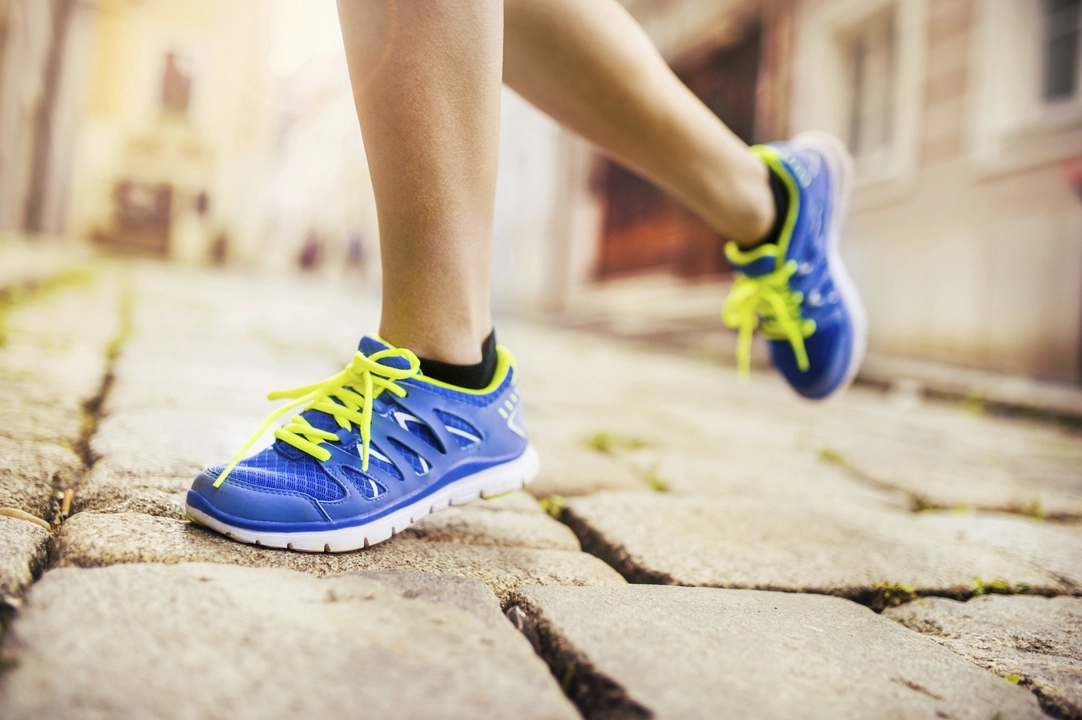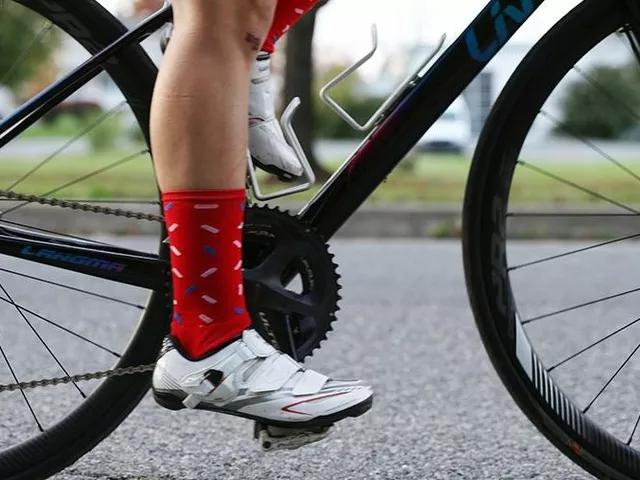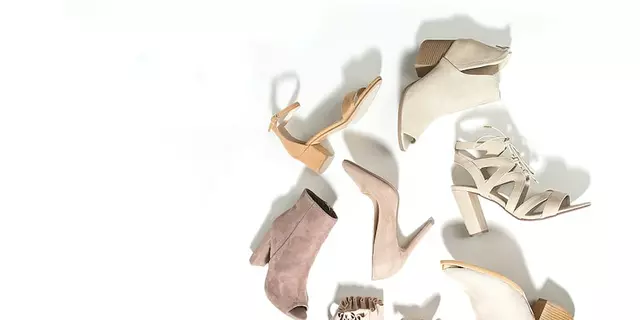Can You Wear Running Shoes for Cycling? The Real Answer
If you’ve ever laced up your favorite trainers and thought, “Why not use these for my bike ride?”, you’re not alone. Many riders start out with whatever shoes they have on hand. The truth is, running shoes can get you from point A to B, but they’re far from ideal for efficient, comfortable cycling.
First off, cycling is all about transferring the power you generate with your legs straight to the crank. Running shoes are built to be flexible, absorb impact, and let your foot move naturally while you run. That flexibility works against you on a bike because the sole bends under the pedal, wasting energy with every pedal stroke.
Why Stiffness Matters
A stiff sole acts like a solid platform. When you push down, none of that force is lost in the shoe’s foam. Instead, it goes straight into the pedal, propelling the bike forward. Running shoes, with their cushioned midsoles, compress each time you pedal. The result? Less power, a softer feel, and a higher chance of foot fatigue on longer rides.
Stiffness also helps keep your foot stable. On a road bike you’ll often clip into the pedals, and a firm sole gives a secure connection. If you’re using flat pedals with a shoe that bends too much, your foot can slide around, making it harder to control the bike and increasing the risk of blisters.
When Running Shoes Might Work (and When They Won’t)
There are a few scenarios where running shoes are passable. If you’re just cruising around town on a comfortable cruiser bike, or if you’re doing a short, casual ride, the comfort of a familiar shoe can outweigh the performance loss. Even then, pick a pair with a relatively flat, thin sole—think minimalist trainers rather than heavily cushioned running shoes.
But once you start tackling hills, longer distances, or faster rides, the drawbacks become obvious. You’ll feel the pedal resistance, notice the extra effort needed to maintain speed, and probably end up with sore arches after a few rides. That’s a clear sign the shoe isn’t doing its job.Investing in proper cycling shoes doesn’t have to break the bank. Entry‑level road shoes or mountain bike shoes are designed with a stiff sole and a secure fit. Many also feature a small cleat that clips into standard pedals, locking your foot in place for smoother power transfer.
Even if you stick with flat pedals, a cycling shoe’s firm sole still gives you better control and reduces foot slip. Look for shoes with a low profile, a grippy outsole, and minimal cushioning.
Bottom line: Running shoes can get you moving, but they’ll sap your power and comfort on anything beyond a quick spin. If you’re serious about cycling—whether you’re chasing fitness goals, tackling local routes, or joining group rides—splurge on a pair of cycling‑specific shoes. Your legs, feet, and the bike will thank you.

Can you wear running shoes for cycling?
As a fitness enthusiast, I've often wondered if running shoes can be used for cycling. After doing some research, I've found that while it's possible, it's not the most ideal option. Running shoes lack the stiffness and support needed for efficient power transfer while cycling. It's also important to consider that cycling shoes are designed to clip into pedals, ensuring your feet stay in place for a smoother ride. In summary, while you can wear running shoes for cycling, investing in proper cycling shoes will greatly enhance your riding experience.
View More



